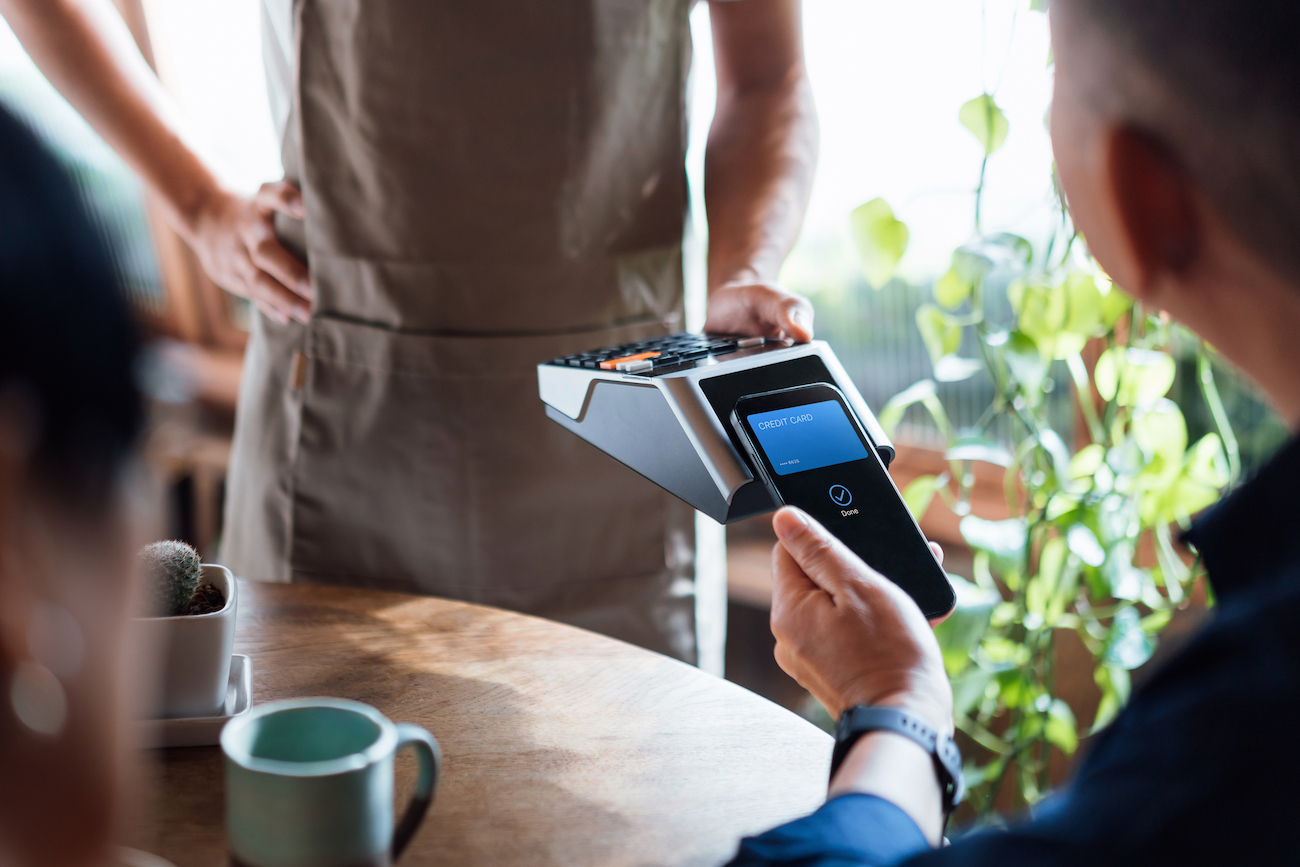When I was a kid, we would head to the city to buy things, everything from a pair of shoes to new school supplies. As I grew up in the 1990s, we were introduced to a new way of shopping: malls. They were easier, the variety was bigger, and the lights were brighter. With that, our habit of street shopping mostly “died.”
Preparing for the Next Digital Revolution
Over the past few years, retail has been rattled by another development: online shopping, which, according to all indications, is now killing the mall. The recent shuttering of chain stores like Sears and Toys ‘R’ Us are proof that the mall, at least in its physical form, is in its final death throes.
Like the trends that came before it, though, online shopping will also, eventually, reach its expiration date. We’re seeing dramatic upheavals as the economy moves into the digital space. In 2018, the IoT company Location World found that 2 out of every 5 adults used voice searches at least once a day. In 2020, a full half of all searches will be based on voice search, according to comScore, a marketing data and analysis firm.
This short post will highlight three elements you should have in place in order to be ready for that change.
Are you ready for the next revolution? (I know, many people haven’t even gotten over the last one yet).
- Discoverability – First of all, SEO is set to radically change. The concepts of “page 2” or “the bottom of page 1” will become irrelevant because users will not need to scroll through long, tedious results pages. The two dominant voice search forces that exist today are Amazon Alexa and Google Voice, each of which have already published extensive voice search guidelines.
- Experience – When we think of UX, mobile touch interface and web interface usually come to mind. It’s time to think about voice user interface (VUI). VUIs are becoming wildly popular and appearing across a wide range of industries. The AI-based insurance app Lemonade already offers bots as the main interface.
- Monitoring – In light of new, AI-powered technologies, monitoring has also become crucial. User acquisition has become more dependent on how well your stock can be communicated through the voice search engine. It’s affected by how users interact with your chat systems, all of which needs to be monitored continuously.
Anodot: Your Partner in the Digital Revolution
Luckily, there’s already a platform in place to do that: Anodot, which uses machine learning to alert your business when detrimental deviations occur.
“Automated anomaly detection is the first step to actually closing the loop of tracking and monitoring,” says Anodot Chief Data Scientist and Co-Founder Dr. Ira Cohen. “Without that first detection, you will always be blind and will never know what you need to improve.” It is known that early adopters of innovative technologies or ideas benefit earlier on.
Knowing that, are you planning to ride the next wave, or will you be watching from the sidelines?



